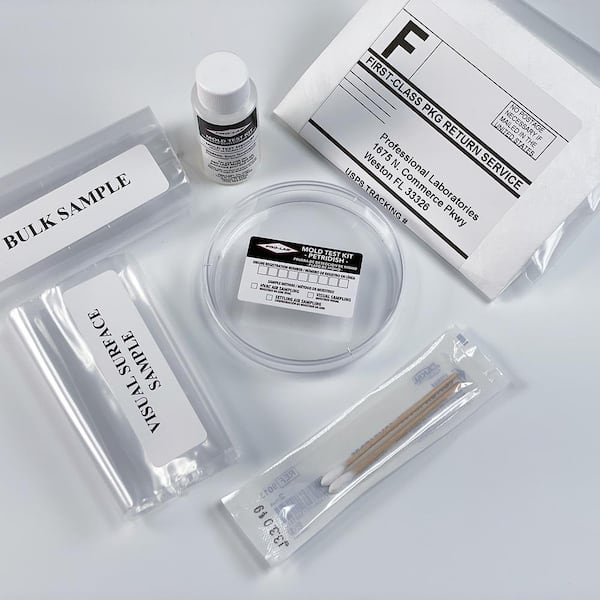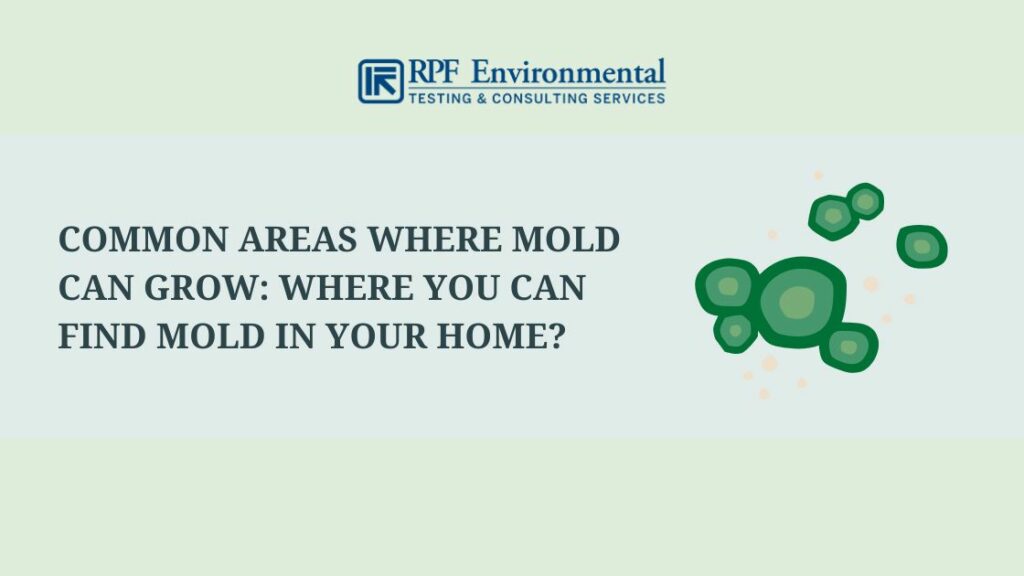Exactly How Mycotoxin Testing Helps Avoid Contamination and Secure Food Materials

Mycotoxin testing is an important method in the food market, serving as a frontline protection against contamination by hazardous toxic substances produced by mold and mildews. Via the application of innovative techniques like High-Performance Fluid Chromatography (HPLC) and Fluid Chromatography-Mass Spectrometry (LC-MS), food producers can properly discover and evaluate mycotoxin degrees in agricultural items.
Recognizing Mycotoxins
Comprehending mycotoxins starts with recognizing that they are hazardous second metabolites generated by certain mold and mildews, which can infect farming items. These metabolites are not essential for the growth or recreation of the fungi however can have extreme effects for animal and human health. Mycotoxins are generally discovered in staple plants such as corn, wheat, barley, and nuts, where they can multiply under specific conditions of wetness and temperature level.
There are numerous kinds of mycotoxins, each generated by different fungal species. Fusarium varieties produce trichothecenes and fumonisins, both of which are connected with various severe and persistent health issues.

Dangers of Mycotoxin Contamination
The risks of mycotoxin contamination are complex, posing substantial hazards to both food safety and public wellness. Mycotoxins, toxic compounds generated by particular types of fungis, can infect a broad array of farming products consisting of cereals, nuts, spices, dried fruits, and coffee.
Financial influences are one more significant problem. Polluted crops can cause substantial economic losses for farmers and food manufacturers due to decreased yields and the need for pricey decontamination measures. Global trade can be dramatically prevented as nations impose strict mycotoxin laws to safeguard their populations, leading to declined shipments and strained profession relations.
Ecological elements such as environment adjustment aggravate the risk of mycotoxin contamination. Variations in temperature level and moisture can produce positive problems for fungal growth, raising the chance of contamination events. Therefore, understanding and alleviating these threats are essential for making sure the safety and stability of worldwide food materials.
Methods of Mycotoxin Evaluating
Properly identifying mycotoxin contamination in farming products is crucial for securing public health and keeping food safety and security criteria. Various methods are utilized to spot and quantify mycotoxins, each offering specific advantages and constraints.
High-Performance Liquid Chromatography (HPLC) is a widely utilized technique as a result of its high sensitivity and precision. It entails separating mycotoxins from various other materials in a sample, allowing accurate metrology. Fluid Chromatography-Mass Spectrometry (LC-MS) combines fluid chromatography with mass spectrometry to offer thorough molecular details, making it specifically beneficial for determining several mycotoxins concurrently.

Gas Chromatography-Mass Spectrometry (GC-MS) and Thin-Layer Chromatography (TLC) are likewise used, each with unique applications. GC-MS works for unstable mycotoxins, while TLC uses an easier, economical alternative for preliminary screening.
Benefits of Routine Checking
Regular screening for mycotoxins in agricultural items offers numerous advantages, dramatically adding to public wellness and food safety and security. By determining contamination early, routine testing assists avoid the distribution of poisonous foods, consequently decreasing the danger of mycotoxin-related illnesses amongst customers. This positive technique not just safeguards human wellness however likewise enhances the overall quality of food products.
Different nations and areas have established strict limits for mycotoxin levels in food and feed. Adhering to these limits through routine testing makes sure that vendors and manufacturers fulfill lawful requirements, consequently staying clear of penalties and trade barriers.
Furthermore, routine mycotoxin screening can lead to substantial economic benefits. Early detection of contamination enables timely treatment, decreasing possible losses from extensive contamination. Applying regular screening protocols can likewise decrease recall expenses and related obligations, which can be economically ruining.
Moreover, normal testing supplies valuable information that can educate better agricultural practices and storage space problems. By comprehending patterns of contamination, producers can embrace preventative procedures, thereby contributing and reducing future risks to the sustainability of the food supply chain.
Implementing Testing Methods
Carrying out reliable mycotoxin screening methods is essential for guaranteeing the security and top quality of agricultural products. Establishing a durable screening structure includes numerous key actions, beginning with the recognition of possible contamination points within the manufacturing and supply chain. check it out This consists of pre-harvest, post-harvest, storage, and distribution stages. Each stage must be scrutinized to determine where mycotoxin contamination is probably to occur.
As soon as essential control points are recognized, choosing appropriate screening methods is important. Usual strategies include enzyme-linked immunosorbent assay (ELISA), high-performance liquid chromatography (HPLC), and mass spectrometry (MS) Each technique has its weak points and strengths; hence, choosing the correct one depends on the details mycotoxin being examined, the needed sensitivity, and readily available sources.

Finally, integrating the screening methods into an extensive food safety administration system is suggested. This boosts traceability and enables speedy corrective actions when contamination is discovered, consequently guarding the honesty of the food supply chain.
Verdict
Mycotoxin testing is vital in stopping contamination and protecting food products by allowing very early detection of unsafe toxins created by mold and mildews in farming products. Advanced methods such as HPLC and LC-MS ensure conformity with safety regulations and safeguard consumers from health and wellness dangers. Regular testing boosts brand name credibility, monetary stability, and count on in food security by reducing contamination-related losses and blog keeping high requirements in food manufacturing. Implementing strenuous screening procedures is hence important for the industry's total wellness.
Mycotoxin testing is an indispensable technique in the food market, offering as a frontline protection against contamination by damaging toxic substances produced by molds. An integrated strategy involving agricultural methods, storage space administration, and routine screening can minimize the risks associated with mycotoxin contamination, guaranteeing food security and public health and wellness.
The risks of mycotoxin contamination are complex, presenting substantial risks to both food security and public health.Normal testing for mycotoxins in farming items supplies numerous benefits, considerably adding to public health and food safety.Mycotoxin screening is vital in protecting against contamination and safeguarding food products by allowing early discovery of harmful contaminants created by molds in farming products.